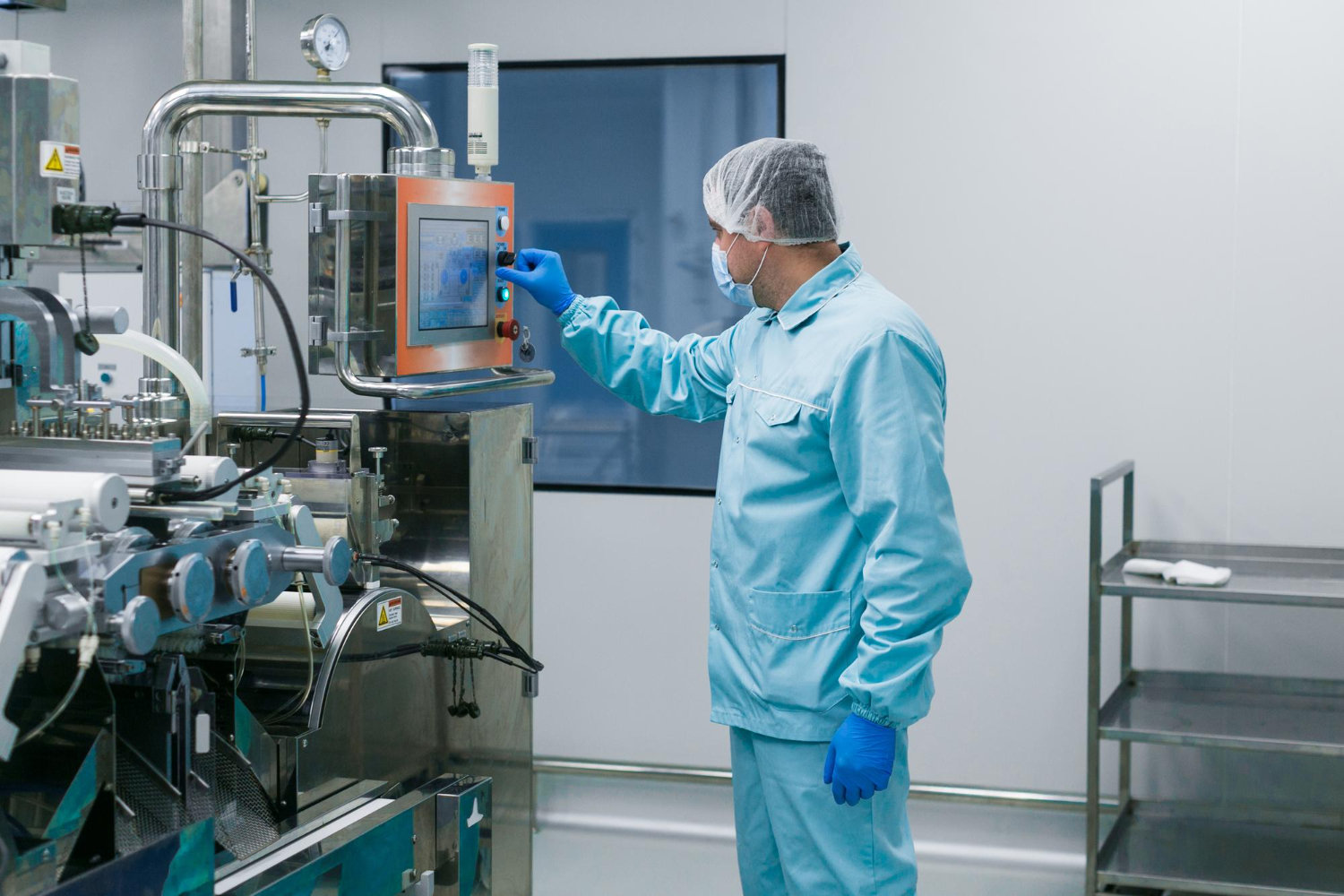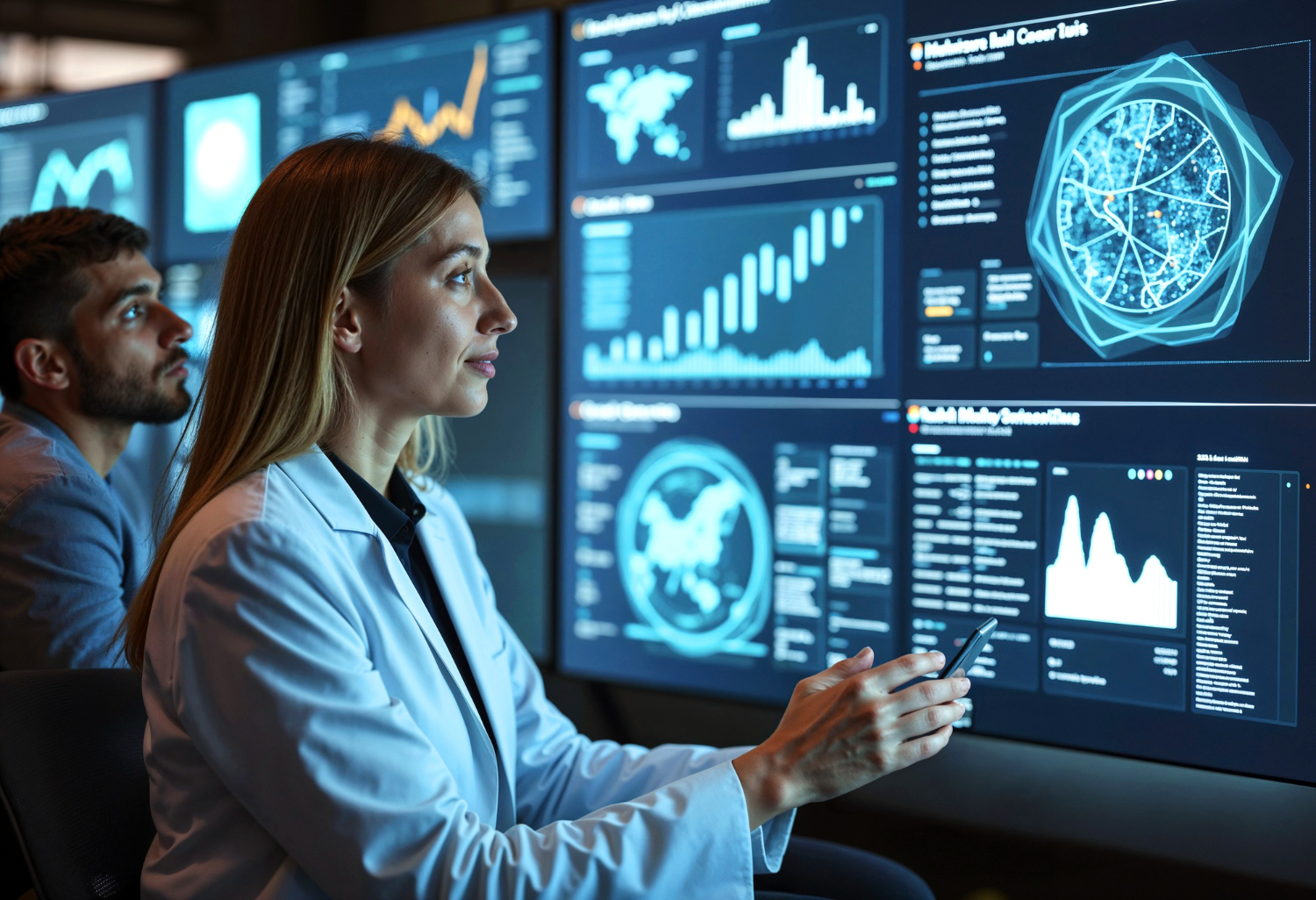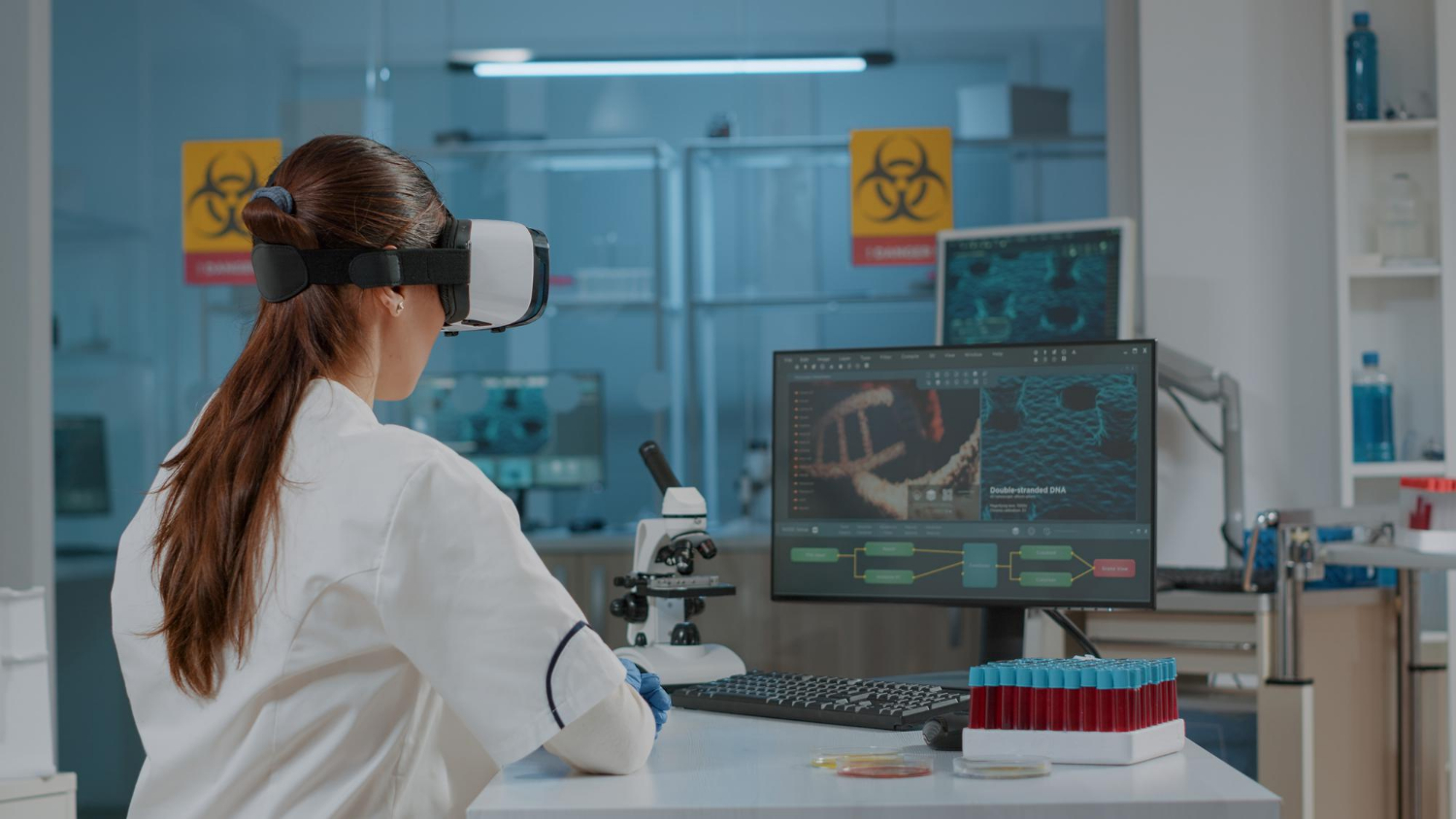Introduction
Security operations have grown more complex with every passing year. Organisations collect more data, attackers grow more sophisticated, and regulations tighten. A modern security operations center (SOC) is responsible for handling thousands of alerts daily.
Many of these alerts are false positives or repeat notifications that drain time. The result is noise that prevents team members from focusing on true threats.
This situation leads to fatigue. Analysts spend long hours sifting through alarms, yet the critical risks can still slip through. In high level incidents, minutes matter. Delay in identifying a data breach can cost millions and weaken organisation security posture.
Artificial intelligence (AI) brings change to this process. AI-powered alerting reduces the noise by adding context and fine tunes detection systems in real time. It allows SOCs to shift from overwhelming data collection to focused decision-making. This article examines how AI-driven systems work, the benefits they bring, and the role of managed security services in improving resilience.
The Noise Problem in SOCs
SOC environments face one consistent challenge: excessive alerts. System designed to detect suspicious activity generates more notifications than analysts can handle. Firewalls, endpoint tools, and intrusion detection software all contribute to this flood.
Data generated each second runs into terabytes across large enterprises. Each event becomes a potential alert. Without filters, these systems overwhelm even the best staffed SOCs.
Team members often acknowledge that a large share of the alerts do not indicate real threats. Yet each must be reviewed, logged, and closed.
This constant noise increases fatigue. Analysts may overlook patterns hidden within thousands of benign events. Over time, this weakens the SOC’s ability to respond quickly and lowers confidence in the system.
Read more: Real-Time Data Streaming with AI
AI in Alerting Systems
Artificial intelligence fine tunes alerting by filtering out false positives and prioritising risks. Unlike static rules, AI learns from historical patterns and adapts in real time.
Neural networks and deep learning models can analyse large amounts of data collected from firewalls, servers, and user endpoints. They identify correlations that point to actual malicious activity. For example, AI can tell the difference between normal network scans and an attacker preparing for intrusion.
The role of AI does not end with filtering. It also enriches alerts. By adding context from threat intelligence feeds, user behaviour logs, and system data, AI provides analysts with higher level insights. This makes decision-making faster and more accurate.
How AI-Powered Alerting Works
AI-driven alerting relies on machine learning pipelines. First comes data collection from sensors, applications, and network devices. This raw data often includes millions of events every day.
The system processes this stream using algorithms optimised for pattern recognition. Graphics processing units (GPUs) support these models by accelerating training and inference. These models detect anomalies that deviate from normal activity.
Once flagged, AI prioritises events. It assigns risk levels to help team members decide what requires immediate action. For example, an attempt to access sensitive databases would score higher than a failed login on a public portal.
The final stage is integration with SOC dashboards. Analysts view summarised results that focus on high value alerts. This system designed to reduce cognitive load makes the team more effective.
Read more: AI Object Tracking Solutions: Intelligent Automation
Real Time Processing
A key advantage of AI in alerting is real time capability. Delays in threat detection often mean damage has already been done. Data breaches can escalate within minutes.
AI models analyse data streams as they arrive. They detect suspicious traffic patterns instantly and generate alerts with context. This reduces the time between detection and action. SOC is responsible for maintaining organisation security posture, and real time processing provides confidence that critical threats receive attention without delay.
Benefits of AI-Powered Alerting
The benefits of using AI in SOC alerting appear across multiple levels.
First, noise reduction. Analysts no longer waste hours on false positives. Alerts presented to them carry context and relevance.
Second, faster responses. By classifying alerts in real time and presenting them in priority order, AI cuts the time between detection and mitigation.
Third, stronger compliance. Regulations such as data protection regulation in the United States and Europe require fast detection and reporting. AI systems help meet these standards by providing auditable logs of incident detection.
Fourth, cost savings. Managed security services that deploy AI reduce staff stress and enhance productivity. This efficiency reduces the risk of burnout and keeps skilled analysts engaged.
Finally, higher level resilience. The SOC shifts from reactive monitoring to proactive decision support. This strengthens the overall security posture of the organisation.
Read more: Computer Vision and the Future of Safety and Security
Managed Security Services and AI
Not every organisation has the scale or resources to build advanced AI pipelines in-house. Managed security services play an important role here. These providers bring pre-trained models, tuned detection pipelines, and SOC analysts who understand how to integrate AI with existing systems.
For small and mid-sized enterprises, outsourcing to managed services makes advanced AI-driven alerting affordable. It reduces the burden of hiring and training large in-house teams. It also ensures access to continuous updates and improvements, as service providers refine models using data generated across many clients.
Data Collection and Integration
AI systems rely on accurate data collection. Without it, models lose accuracy and generate unreliable results. SOC is responsible for ensuring that logs, traffic data, and endpoint information are collected and stored consistently.
Integration across different systems matters as well. Firewalls, intrusion prevention tools, and authentication systems all generate different formats of alerts. AI requires consistent schemas to process them together. Software that normalises these inputs helps build accurate and reliable AI models.
At a higher level, integration with business data also provides value. AI can link security events with application logs or financial data. This shows the true impact of each incident on the bottom line, helping executives prioritise investment.
Fine Tuning and Continuous Learning
AI systems are not static. They fine tune their models over time using feedback from analysts. Each time a team member marks an alert as false or valid, the system learns.
This continuous improvement means the SOC sees better performance month after month. Over time, false positives drop sharply, and true positives become clearer. The system designed to adapt stays useful even as attacker tactics shift.
Feedback loops create trust between team members and AI. Analysts know that their corrections matter, and the system reflects their expertise.
Read more: Artificial Intelligence in Video Surveillance
SOC Efficiency and Teamwork
AI alerting transforms not only detection but also teamwork inside the SOC. Team members receive alerts that already include context, freeing them from repetitive work. This allows them to focus on higher level analysis.
Workflows improve as alerts are categorised by severity and type. One group may focus on data breaches, while another manages phishing attempts. This structure prevents overlap and confusion.
By reducing the noise, SOC teams can also focus on training, research, and simulations. These activities improve readiness and resilience in the long term.
Challenges and Considerations
AI-powered alerting offers strong benefits, but it is not without challenges.
First, data quality. Poor or incomplete data reduces accuracy. SOC must ensure consistent data collection across all systems.
Second, transparency. Some AI models operate as black boxes. Analysts may find it hard to understand why a model generated a specific alert. Building trust requires explainable models.
Third, compute costs. Training deep learning models demands high computer power. GPUs accelerate this, but they come with costs in both hardware and energy.
Finally, integration. Not all legacy systems connect easily with AI-driven pipelines. Careful planning ensures that AI enhances, rather than disrupts, SOC operations.
Read more: Enhancing Peripheral Vision in VR for Wider Awareness
Looking Ahead
The future of SOC alerting will continue to combine human expertise with AI. As generative AI matures, systems will create summaries of incidents, draft reports, and even recommend mitigation steps in natural language. This will further reduce workload on analysts.
Large language models (LLMs) also promise better natural language processing (NLP) for SOC operations. Analysts may soon interact with their dashboards using human languages, asking questions and receiving answers in real time.
The next phase will likely integrate AI agents capable of performing specific tasks automatically. From blocking malicious IPs to isolating infected devices, these agents will take over routine actions, leaving humans to handle strategy and problem solving.
Conclusion
SOC environments face growing challenges from noise and data overload. Analysts cannot manually review every alert, and fatigue leads to missed threats. AI-powered alerting provides a system designed to reduce false positives, enrich alerts with context, and prioritise critical incidents.
With real time processing, fine tuning, and integration with managed security services, SOCs strengthen their organisation security posture and meet data protection regulation standards. By combining human intelligence with artificial intelligence, teams achieve higher level efficiency and resilience.
How TechnoLynx Can Help
TechnoLynx delivers AI-powered solutions that cut through SOC noise. Our systems use machine learning, GPUs, and advanced data collection pipelines to provide context-rich alerts in real time.
We work closely with team members to design a system that fine tunes over time. From integrating with existing dashboards to ensuring compliance with data protection regulation, our solutions improve the organisation security posture while reducing the risk of data breaches.
With TechnoLynx, SOC teams focus on threats that matter most. This means less fatigue, stronger resilience, and more effective security for modern enterprises.
Contact us now to start collaborating!
Image credits: Freepik













